In 2016, an estimated $4 billion was hacked in the U.S. alone with approximately 41 million Americans having had their identity stolen.
How can you evade this? There are ways to prevent hackers from targeting your credit card.
Set up notifications
If notifications are available for your financial accounts, set up the alerts to be made via email or an SMS when a transaction is made. You can also set up monthly confirmation repayment and notifications letting you know if the credit limit has been exceeded.
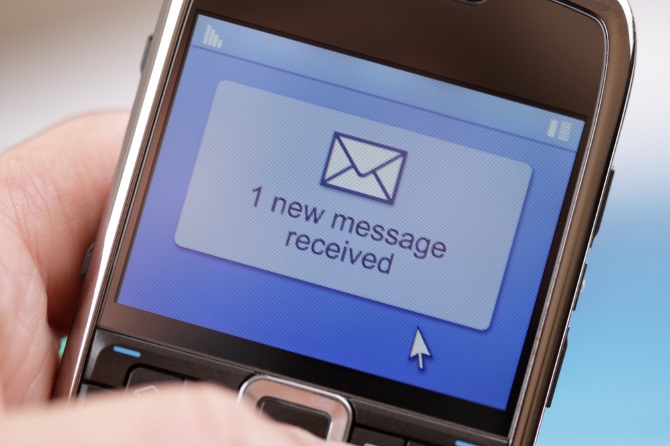
The benefit is pretty obvious. If your card has been hacked and is being used, you’ll receive instant notification. You’ll simply have to contact the lender and inform them of the breach. Your credit card company will then be able to put a hold on the card and refund the fraudulent transaction.
Use mobile payment
Apple Pay, Android Pay, and other smartphone-based payment services let you use your phone instead of a card to make contactless payments. By using your phone’s camera to scan your credit cards, the data will be read by the app and store. To use the feature, hold the phone close to the contactless payment point and purchase the item.
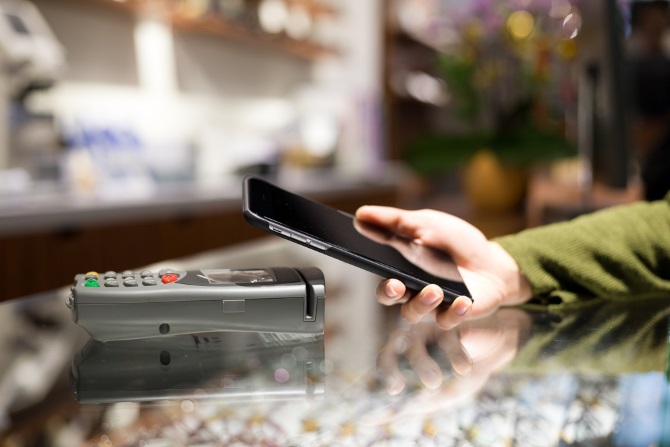
Use a secure RFID-blocking wallet
If you must take your credit card with you, plan accordingly. Today’s cards are equipped with RFID and NFC technology, which helps aid in contactless payments for credit and bank debit cards.
Scammers can steal payments via a portable RFID device and transfer money from your credit card as a “payment” to someone nearby.
While it’s tough to physically stop this type of contactless pick-pocketing, you can take prevention steps. Wrapping your card in tin foil or using an Altoids tin as a wallet are options, but an RFID-blocking card wallet is the best solution.
If you’re using a contactless card, set a suitable payment limit with the credit card company. For those who would prefer to disable the feature, you should be able to or at least set a minimum value.
Create strong and secure online passwords
Scammers work to take the money out of your pockets, so do not underestimate them. And because of this, it’s essential that your online banking and credit accounts have tight passwords. For safety, you should put a two-factor authentication (2FA) in use, with an access code sent to your smartphone or email account.
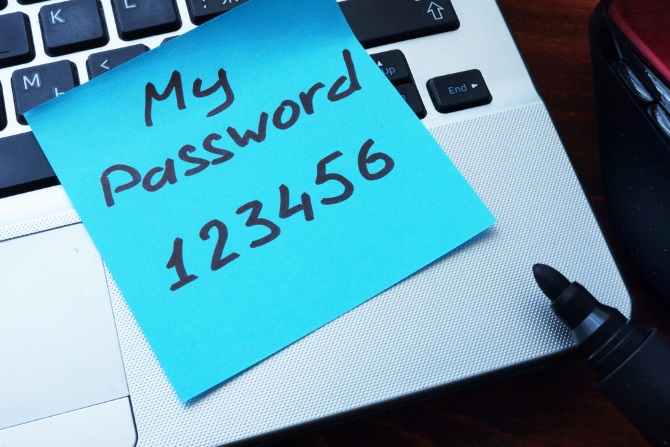
Don’t let your credit card out of sight
Cloning is a technique used by hackers that copies all your data from your card and saves it to be written to a blank card. It can be used to siphon money from your credit account or from your bank account if it was a debit card. With credit card cloning, the data is read by a skimmer using a compact device that can be hidden in the palm of a hand or pocket.
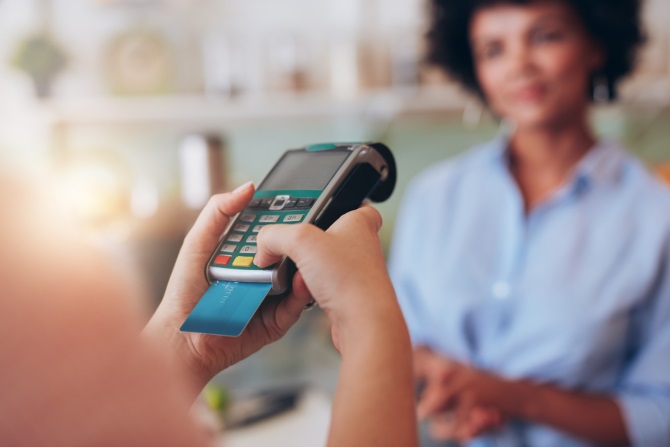
In an event where you would hand a credit card over to a waitress, your trust can be taken for granted. While they go and bring the card to the machine, they can clone your details. To avoid this from happening, be sure you don’t let the card out of your sight.
Only shop on trusted and secure online stores
“HTTPS” placed at the beginning of a website is a way to ensure that you’re carrying out a safe and secure transaction. If you’re using a digital payment service or making a credit card payment, the URL should begin with HTTPS. This signifies that the transaction is taking place over a secure, encrypted connection.
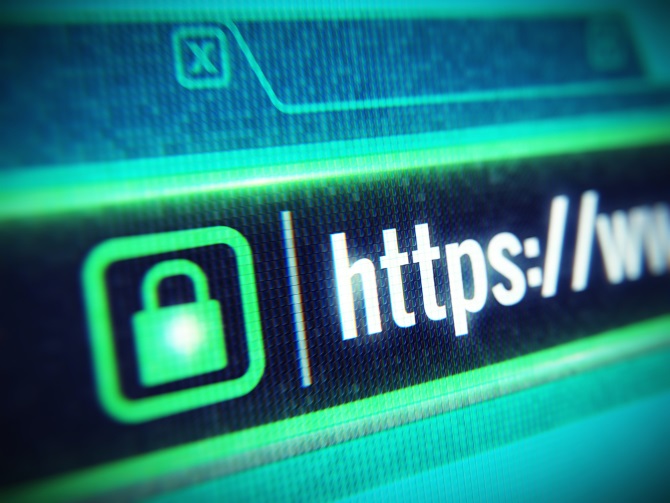
If the store or bank you’re using doesn’t offer HTTPS, do not spend money there. If could be a spoof site, one set up to look like the real thing, persuading you to spend money. It could also be an untrustworthy website looking to take your money and run.
Via MakeUseOf
Advertisement
Learn more about Electronic Products Magazine





